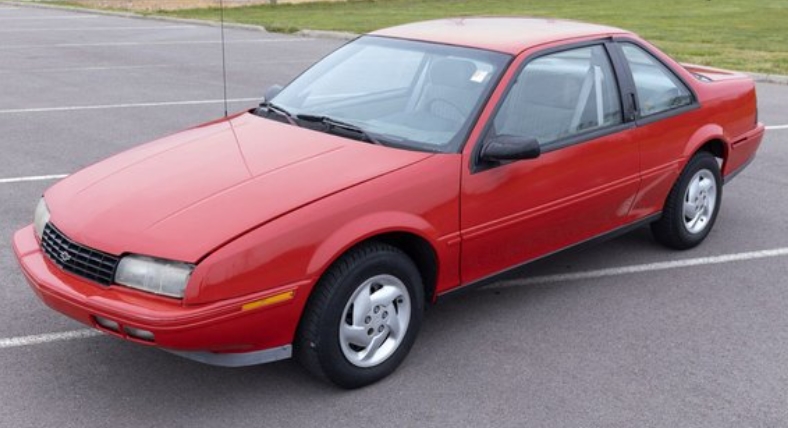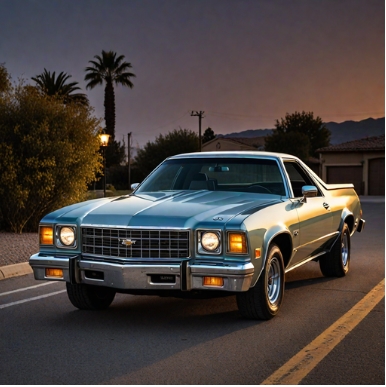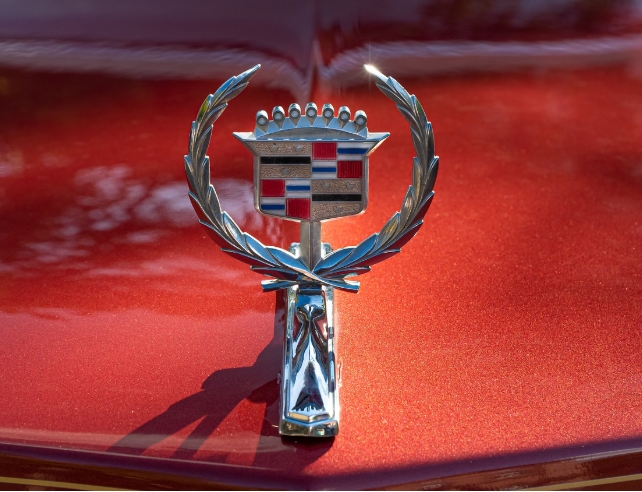The Evolution of the Chevrolet Beretta: A Look Back at an American Classic
The Chevrolet Beretta is a nameplate that has secured its place in the annals of American automotive history. Introduced during the late 1980s, the Beretta was a compact car produced by General Motors from 1987 until 1996. During its production run, the Beretta saw numerous developments in design, technology, and engine options. In this article, we will explore its evolution, the various models and trim levels offered, and how it became a notable part of Chevrolet’s lineup.
Introduction and Overview
The Chevrolet Beretta was conceived as part of General Motors’ effort to compete in the growing compact car segment. It was built on the GM A platform, which it shared with several other models, including the Chevrolet Cavalier and Pontiac Sunfire. The Beretta was primarily designed as a two-door coupe, but it also offered sporty features and styling that made it appealing to a younger demographic looking for an affordable performance car.
Model Years and Production
The Beretta was produced from 1987 to 1996, with a total of nine model years straddling two different decades. Here’s how the Beretta evolved during its production run:
- 1987-1988: The Launch
- The Chevrolet Beretta was first introduced in 1987, initially available in two primary trim levels: the base model and the sport-oriented GT. The base model came with a 2.0L I4 engine capable of producing 90 horsepower, while the GT featured a more powerful 2.8L V6 engine that offered better performance with 135 horsepower.
- 1989: The Introduction of the GTZ
- For the 1989 model year, Chevrolet expanded the Beretta lineup with the introduction of the GTZ model, which featured a more aerodynamic design, upgraded suspension, and a more powerful 2.3L Quad 4 engine producing 150 horsepower. The GTZ was aimed at performance enthusiasts, providing enhanced handling and a sportier drive.
- 1990-1992: Refinements and Options
- Throughout the early ’90s, the Beretta enjoyed refinements in both design and technology. In 1990, the addition of features like anti-lock brakes and improved interior quality became standard in some trim levels. The GTZ continued to be the performance model, while the GT received minor aesthetic upgrades.
- By 1991, a special edition model called the “Beretta Indy 500” was released to celebrate Chevrolet’s long-standing involvement in motorsports. It featured distinctive graphics, special paint options, and enhanced interior features.
- 1993: Styling Refresh
- The 1993 model year brought a significant facelift to the Beretta, with updated exterior styling that included new headlights, bumpers, and a more aerodynamic profile. The interior also received upgrades in materials and design, making the car feel more modern and comfortable.
- 1994: Increased Options and Features
- By 1994, buyers had more choices than ever, with additional options such as leather seating, enhanced audio systems, and improved safety features. The engine options remained largely unchanged, but Chevrolet worked to refine the existing engines for better performance and efficiency.
- 1995: The Final Production Year of the Beretta
- The 1995 model year marked the beginning of the end for the Chevrolet Beretta. While the model retained its available trims, including the base model, GT, and GTZ, production started to dwindle as consumer preferences shifted towards SUVs and larger vehicles.
- Chevrolet celebrated the legacy of the Beretta with several special models, which included consumer-requested features that catered to nostalgia and performance.
- 1996: Farewell to the Beretta
- The 1996 model year saw the final production run of the Chevrolet Beretta. Though it no longer received significant updates, the Beretta was honored for its years of service and contributed to the legacy of the Chevrolet nameplate.
.

.
Models and Trim Levels
Over its production life, the Chevrolet Beretta featured a variety of models and trim levels that catered to differing tastes and performance needs. Below are the prominent trims featured throughout the years:
- Base: The standard entry model offering essential features, available initially with a 2.0L I4 engine.
- GT: Positioned as the sportier version, offering upgrades like a V6 engine, improved suspension, and a more aggressive design.
- GTZ: A performance-oriented model known for its advanced features and power, including a more powerful engine and sporty amenities.
- Indy 500 Edition: A special edition commemorating Chevrolet’s racing heritage, featuring unique graphics and improved features.
Legacy and Impact
The Chevrolet Beretta was more than just an average compact car; it was a car that represented Chevrolet’s foray into the sporty coupe market. With its roots deeply embedded in the fabric of the 90s American automotive culture, the Beretta appealed to a diverse audience.
Despite the arrival of newer competitors and shifting market demands, the Beretta has since become somewhat of a cult classic among automotive enthusiasts. It remains a vehicle that can be found at various car shows, enthusiast meetups, and classic car auctions, showcasing the affection that many still hold for the model.
Conclusion
The Chevrolet Beretta is a testament to the innovative spirit of American automakers in the late 20th century. Spanning nearly a decade of production and featuring an array of trims and special editions, it captured the hearts of many during its time. Although it has since been retired, the Beretta’s blend of style, performance, and affordability continues to resonate with automotive enthusiasts, ensuring its place in automotive history.
As we reflect on the Beretta’s journey from its debut in 1987 to its final farewell in 1996, we remember it not just as a car, but as a symbol of an era of American engineering and design.







